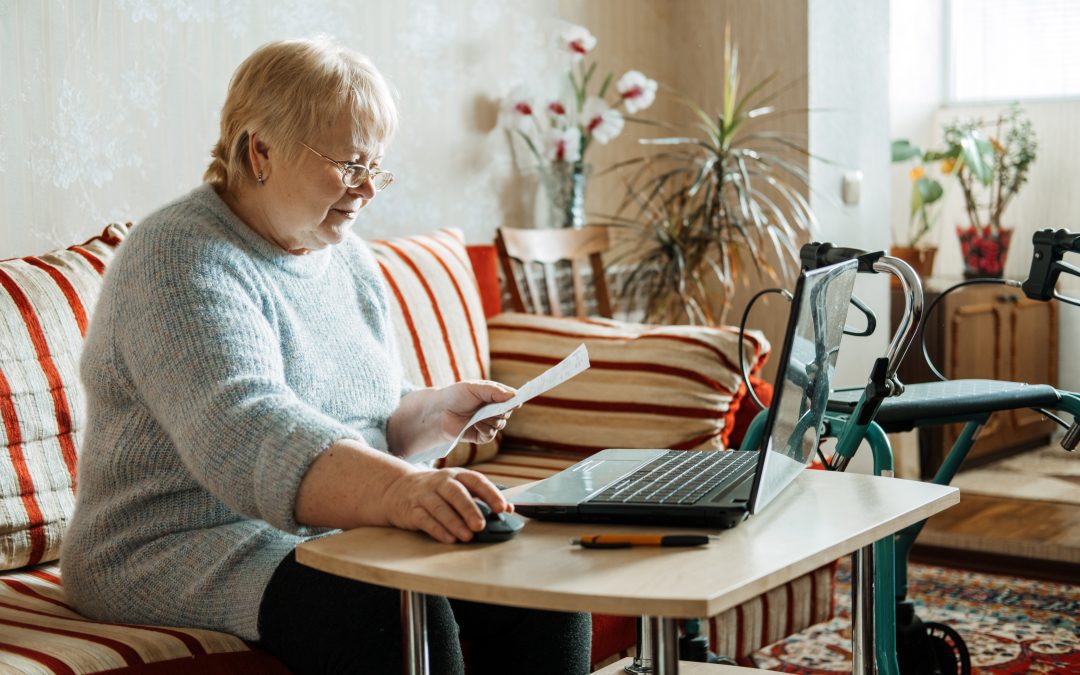How do these mortgages work?
A Joint Borrower Sole Proprietor mortgage is commonly used to help improve the amount that can be borrowed as it can include other income (generally from a family member that won’t be living in the property) to increase the amount that can be borrowed.
They work a little bit like the old style ‘guarantor mortgage’ (which now don’t exist) where someone would sign to say that they would take responsibility for the mortgage if payments were missed, but with this mortgage option, the ‘Guarantor’ needs to be part of the mortgage application and be fully vetted by the lender as part of the underwriting process.
There may be a fee for mortgage advice. The actual amount you pay will depend on your circumstances. The fee is up to 1% but a typical fee is £495.
Sole Proprietor mortgages
The most common type of Joint Borrower/Sole Proprietor mortgages is where a father or mother goes onto the mortgage with a child looking to purchase a property so that the level of borrowing can be improved slightly to get the right property for their needs, or in the right area where they may otherwise be priced out.
They work like any other mortgage, but effectively only the proprietor owns the property and makes the mortgage payments, with the Joint Borrower there simply as back up, or the silent partner in the whole process.

There are other people that can support a family member e.g. children supporting parents, siblings supporting each other, uncles, aunts…, or close family friends may be able to assist, but these mortgages come with some potential downsides as well as positives.
Potential Benefits of Joint Borrower Sole Proprietor mortgages:
- The level of borrowing can be increased to be able to support a child, or family member onto the property ladder or to purchase a bigger house/move to a more expensive area e.g. for schooling
- The ‘Joint Borrower’ does not go onto the property deeds, on the ‘proprietor’ i.e. the person living in the property (and who is responsible for the mortgage) will ‘own’ the property. This means that there is not an increase in the Stamp Duty payment for the person actually purchasing the house if the joint borrower already owns a property. (this needs to be confirmed by your appointed solicitor)
- It may mean that a lower rate can be obtained by going with a lender that is prepared to accept Joint Borrower/Sole Proprietor applications (Your broker will ensure that you are on the best possible rate for your circumstances)
Potential disadvantages to Joint Borrower Sole Proprietor mortgages:
- If you are using an older relatives income to support the increase in borrowing then this may have an impact of the maximum term available, and therefore the monthly payments may be higher in the short term
- If the Proprietor defaults on the mortgage (doesn’t pay it) then the responsibility will fall to the Joint Borrower to make the payments, it could also affect their own credit score if payments are missed
- A limited number of lenders that currently offer this option, so may limit the rate options
- Can lead to a more complicated and elongated application process
In summary, Joint Borrower/Sole Proprietor mortgages are a very useful and effective option for those clients looking to slightly increase the amount they can afford.
All parties to the mortgage need to be aware of the positives to using another person’s income, but they also need to be aware of the potential risks. Your broker will ensure that they cover this with all parties and provide the time and information to be able to make a fully informed decision.
There may be a fee for mortgage advice. The actual amount you pay will depend on your circumstances. The fee is up to 1% but a typical fee is £495.




